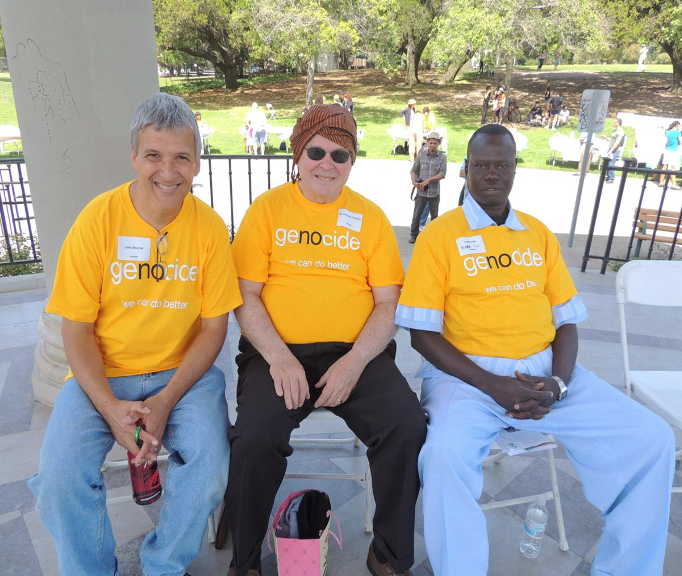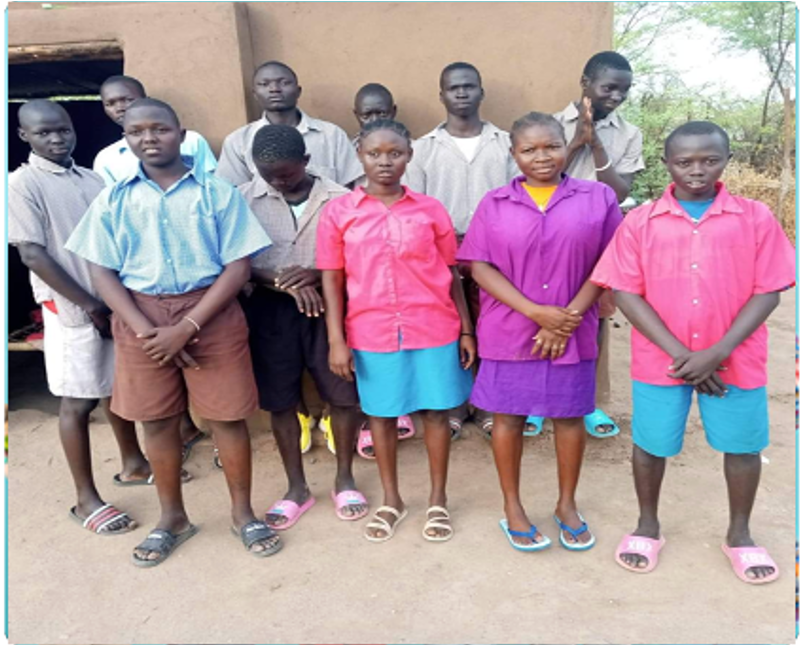
SUPPORT OUR MISSION
24/7 In Touch
+00 210-588-3617
Email Address
Our Location
10 Bartlett Road, Westford,US
Flourish Mountains
Hope Alliance

Re-building Sustainable, Resilient, Safer and Dignified Society
Menu
+00 210-588-3617
10 Bartlett Road, Westford,US
Hope Alliance

Poverty can have many negative effects on individuals and society and essentiality of eliminating it can help create a more sustainable future

Poverty is about not having enough money to meet basic needs including food, clothing and shelter. However, poverty is more, much more than just not having enough money. The World Bank Organization describes poverty in this way:
“Poverty is hunger. Poverty is lack of shelter. Poverty is being sick and not being able to see a doctor. Poverty is not having access to school and not knowing how to read. Poverty is not having a job, is fear for the future, living one day at a time.
Poverty has many faces, changing from place to place and across time, and has been described in many ways. Most often, poverty is a situation people want to escape. So, poverty is a call to action — for the poor and the wealthy alike — a call to change the world so that many more may have enough to eat, adequate shelter, access to education and health, protection from violence, and a voice in what happens in their communities.”
The term poverty refers to the state or condition in which people or communities lack the financial resources and other essentials for a minimum standard of living. As such, they cannot meet their basic human needs. People and families who live in poverty may go without proper housing, clean water, healthy food, and medical attention.
Poverty refers to the lack of adequate financial resources such that individuals, households, and entire communities don’t have the means to subsist or to acquire the basic necessities for a flourishing life. This absence of means can result in struggles to obtain food, clothing, shelter, and medicine. Poverty is a difficult cycle to break and can pass from one generation to the next. It is often determined by socioeconomic status, ethnicity, gender, and geography.
The overall scenario about poverty we can defined poverty as the state or condition where people and communities cannot meet a minimum standard of living because they lack the proper resources. These include (but aren’t limited to) financial resources, basic healthcare and education, clean drinking water, and infrastructure.
Cyclical poverty: refers to poverty that may be temporary widespread throughout a population, but the occurrence itself is of limited duration. In nonindustrial societies (present and past), this sort of inability to provide for one’s basic needs rests mainly upon temporary food shortages caused by natural phenomena or poor agricultural planning. Prices would rise because of scarcities of food, which brought widespread, albeit temporary, misery.
Collective poverty: involves a relatively permanent insufficiency of means to secure basic needs—a condition that may be so general as to describe the average level of life in a society or that may be concentrated in relatively large groups in an otherwise prosperous society. Both generalized and concentrated collective poverty may be transmitted from generation to generation, parents passing their poverty on to their children.
Absolute poverty: When an individual or family doesn’t earn enough money to meet basic needs like food, clothing, and shelter. This is based on a set income level and not compared to other incomes in the economy.
Social exclusion: A situation of economic or social disadvantage that’s broader than poverty or deprivation. It can include disadvantages from discrimination, ill health, lack of education, or lack of material resources.
Deprivation of capabilities: This dimension of poverty includes capabilities linked to health, education, and participation in society. For example, undernourishment, illiteracy, and mortality. Other definitions of poverty can include:
Many people are born into poverty and have little hope of overcoming it. Others may fall into poverty because of negative economic conditions, natural disasters, or surging living costs, as well as drug addiction, depression, and mental health issues. Here are the main root causes of poverty that can be identified in may form, but first, we need to understand what poverty is – and what causes it.include:
Here are some effects that affects our communities due to the poverty:
Some of the actionable plans to eliminate poverty in communities include the following:
Hope Alliance
P.O Box 87123
Oklahoma City, OK 73112
USA